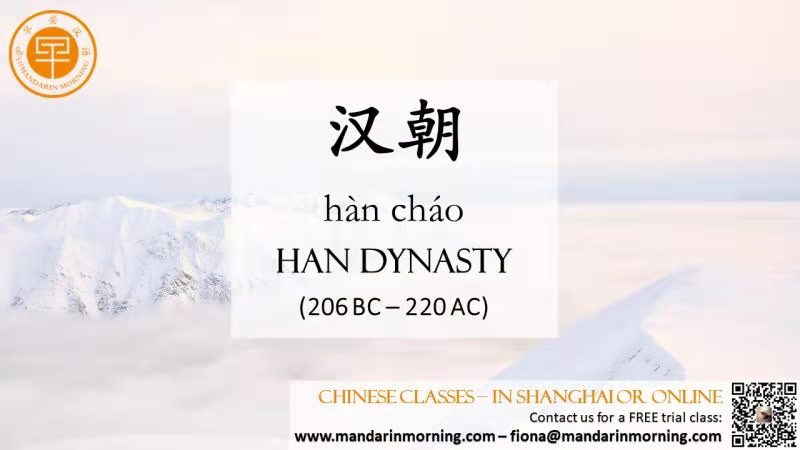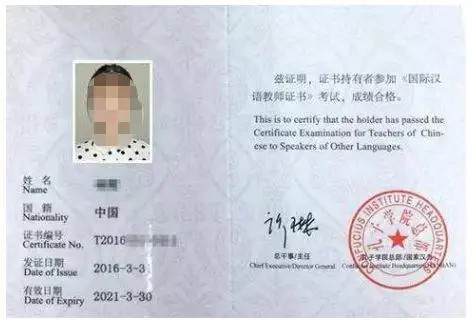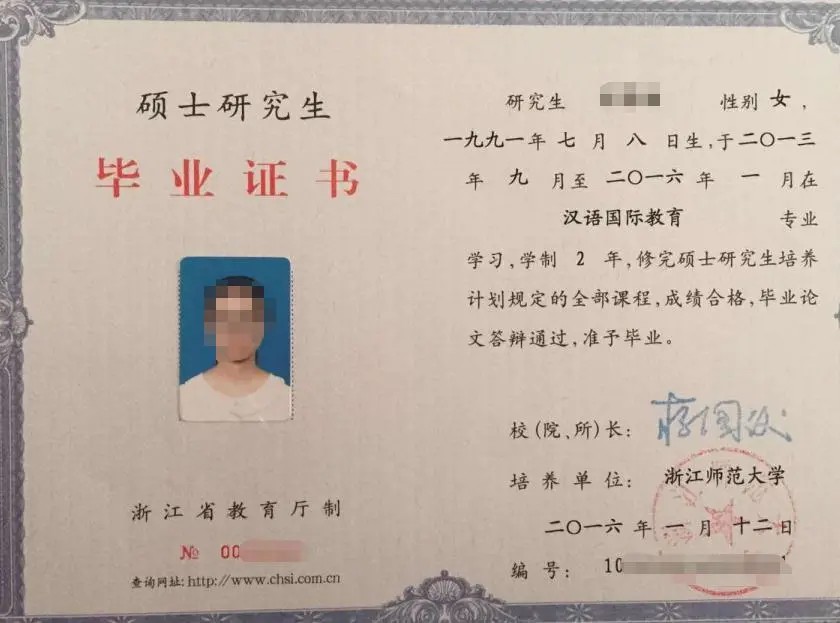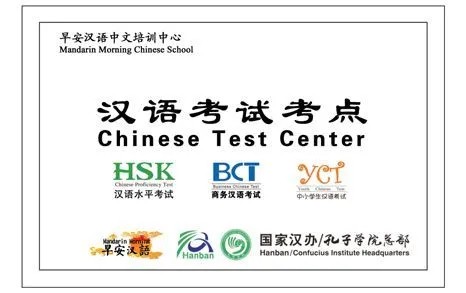| In 207 BC, the army led by Liu Bang conquered the troops of the Qin Dynasty (221 - 207BC) at Julu (currently Hebei Province) and in 206 BC he seized Xianyang (the capital city of the Qin Dynasty), thus ending the rule of Qin. In the same year, he defeated his rival, Xiang Yu, and established the Han Dynasty (206BC - 220AD). Chang'an (the present Xi'an) was made its capital city in 202BC. In Chinese history, Han consisted of two dynasties: the Western Han (206 BC - 24 AD) and the Eastern Han (25 - 220). During the period there were 24 emperors on the throne. Many were excellent contributing to the prosperity of the country with Emperors Gaozu, Wen, Jing and Wu among them. As many wise emperors took effective measures during their reign, the Han Dynasty was a period of peace and prosperity. It was a World power at that time with interests in literature, arts, culture and technology with this dynasty achieving numerous unparalleled and praiseworthy successes. Some of the achievements at that time still influence the lives of the Chinese people today.  Western Han Dynasty The Western Han Dynasty (206BC - 24AD) was regarded as the first unified and powerful empire in Chinese history. Lasting from 206 BC to 24 AD, it was established by Liu Bang, who became Emperor Gaozu following four years of civil war started by peasant uprisings against the despotic Qin Dynasty (221 - 207BC). Liu Bang recruited people based on their ability not birth or wealth, and his government included many former serfs and commoners. The capital city was named Chang'an (present day Xi'an). The dynasty based on a series of political and economic reforms, was ruled by 12 emperors in succession enjoying peace and prosperity. In agriculture, handicrafts, industry, and commerce there were great achievements. In agriculture, water conservation and irrigation projects were built and greatly expanded production. Cattle, and iron farm tools were used at large to plough the land, and planting skills were also improved greatly so that one hectare of field could be seeded in a day. In industry, productivity was improved greatly in both metallurgy and the textile industry. Looms were used taking the place of manual labor in weaving. Iron-smelting was carried on a large scale and steel was made using coal as fuel. Hydraulics were developed using water power to drive a celestial sphere. The stability of the country and rapid development of the arts with the invention of paper and porcelain and industry provided commerce a favorable environment to develop. Many commercial cities developed around the center of Chang'an. Not only domestic trade flourished but foreign trade prospered due to the opening up of the Silk Road. Diplomatic missions and trade were established with ancient Rome, India and many other countries. For more than 200 years, the Western Han was one of the most powerful countries in the world and its culture reached an unparalleled level. Eastern Han Dynasty Regarded as a continuation of the Western Han Dynasty (206 BC - 24 AD), the Eastern Han Dynasty (25 AD - 220 AD) was established by Liu Xiu, who became the Emperor Guangwu. With Luoyang in Henan Province as its capital city, the dynasty was reined over by 12 emperors in a span of 195 years. In the early period, the central government focused much attention on irrigation works. In the reign of Emperor Ming, many fields that had been flooded by the Yellow River were changed into fertile lands. At the same time, the productivity of industry was greatly improved. A special tool called 'Shui Pai' was invented by a local viceroy in Nanyang. This device permitted the power of water to be applied to the air-blasting in the process of iron smelting which promoted productivity in the metallurgical industry. In the time of Emperor He, the extraction of copper, bronze-ware manufacturing and silk-making industry were developed. Commerce also prospered and the capital city Luoyang became the national business center. Some crucial changes in science and culture also took place in this dynasty. In 105, a court official named Cai Lun improved the previous method of making paper, which ended the use of inscribed bamboo strips. Meanwhile, great progress was made in astronomy. The famous astronomer, Zhang Heng, created special equipment, which was considered as the earliest seismograph in the world, with superb techniques for testing earthquakes. In addition, fruitful achievements in medicine were made by the well-known surgeon of ancient China, Hua Tuo, who originated the use of anesthetic techniques in operations. In Eastern Han, the arts began to gain status. Calligraphy and painting were no longer purely used as letter symbols. Instead, their charm as arts started to emerge. What's more, with the development of ceramics, pottery came into wide-spread use among common people. #Our teachers # More than 10 years teaching experience Master Degree Certificate for teaching chinese as a foreign language   # About us # Founded in 2007 Chinese test and training center 200+ Chinese teachers 5000+ students  # Contact us# Name:fiona Phone number:021-52287809,13918358891 E-mail:info@mandarinmorning.com www.mandarinmorning.com If you are interested to join Mandarin Morning school or want more details about our services, scan the following QR code. ☟   Mandarin Morning Chinese test center attached to Confucius institute headquarters Authorized Test Center and Training Center for International Chinese Language Teacher Certificater 10 years+ ,200 teachers ,more 10000 students,200+companies  |